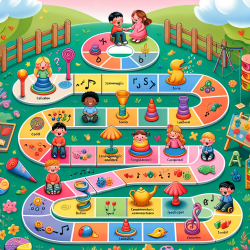Building a Shared Vision for Success in Family Businesses
Family businesses are a cornerstone of the global economy, yet their survival rates across generations are alarmingly low. According to research, only 30% of family businesses transition successfully from the first to the second generation, and a mere 12% make it to the third. A critical factor in this success is the development of effective next-generation leadership, a process heavily influenced by a shared vision and family climate.
The Power of a Shared Vision
A shared vision is not just a strategic necessity; it is a powerful tool that aligns family members towards common goals, fostering commitment and engagement. The study "Next-generation leadership development in family businesses: the critical roles of shared vision and family climate" highlights that a shared vision significantly enhances leadership effectiveness and work engagement among next-generation leaders.
For practitioners in family businesses, fostering a shared vision can be transformative. It encourages next-generation leaders to be more engaged and effective, which is crucial for the business's long-term success. A shared vision provides clarity and direction, making it easier for leaders to inspire and mobilize their teams.
Family Climate: The Unsung Hero
The climate within the family business plays a pivotal role in shaping the shared vision. Open communication is positively related to the development of a shared vision, while intergenerational authority—where senior members hold unquestioned power—can hinder it. Surprisingly, cognitive cohesion, or shared family values, does not significantly impact the shared vision.
For family business practitioners, this means fostering an environment where open communication is encouraged and authoritarian structures are minimized. This creates a fertile ground for developing a shared vision that resonates with all family members.
Practical Steps for Practitioners
- Encourage Open Communication: Regular family meetings and open forums can facilitate the exchange of ideas and foster a shared vision.
- Limit Intergenerational Authority: Encourage a leadership style that values input from all generations, promoting collaboration over control.
- Focus on Engagement: Ensure that the shared vision is inspiring and aligns with the personal goals of next-generation leaders to boost their engagement and effectiveness.
Conclusion
The study underscores the importance of a shared vision and positive family climate in developing effective next-generation leaders. By focusing on these areas, family businesses can enhance their chances of long-term success and smooth generational transitions. For those interested in delving deeper into the research, the original paper provides a comprehensive analysis of these dynamics.
To read the original research paper, please follow this link: Next-generation leadership development in family businesses: the critical roles of shared vision and family climate.










